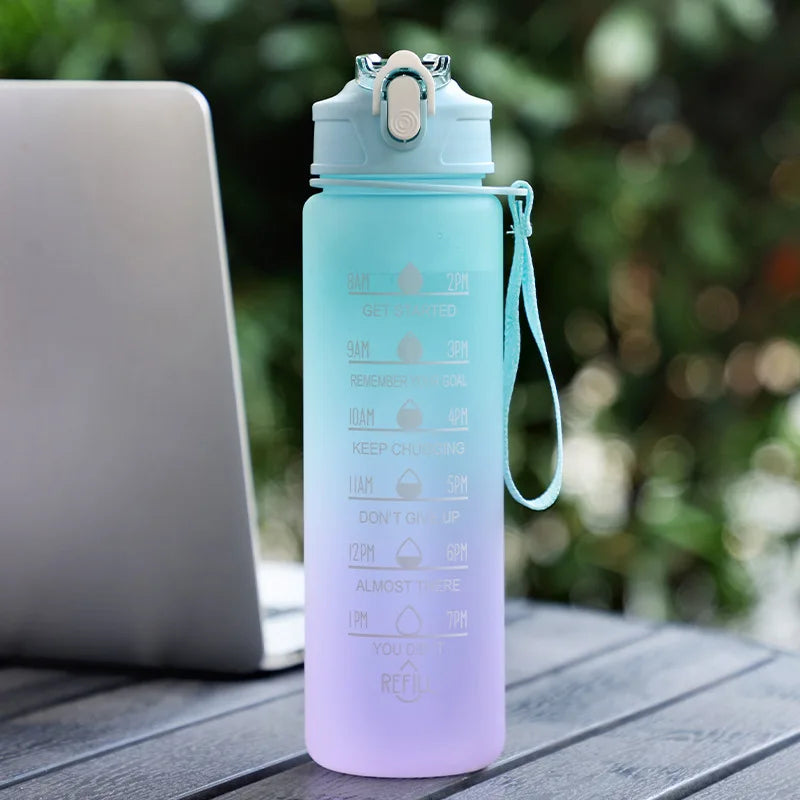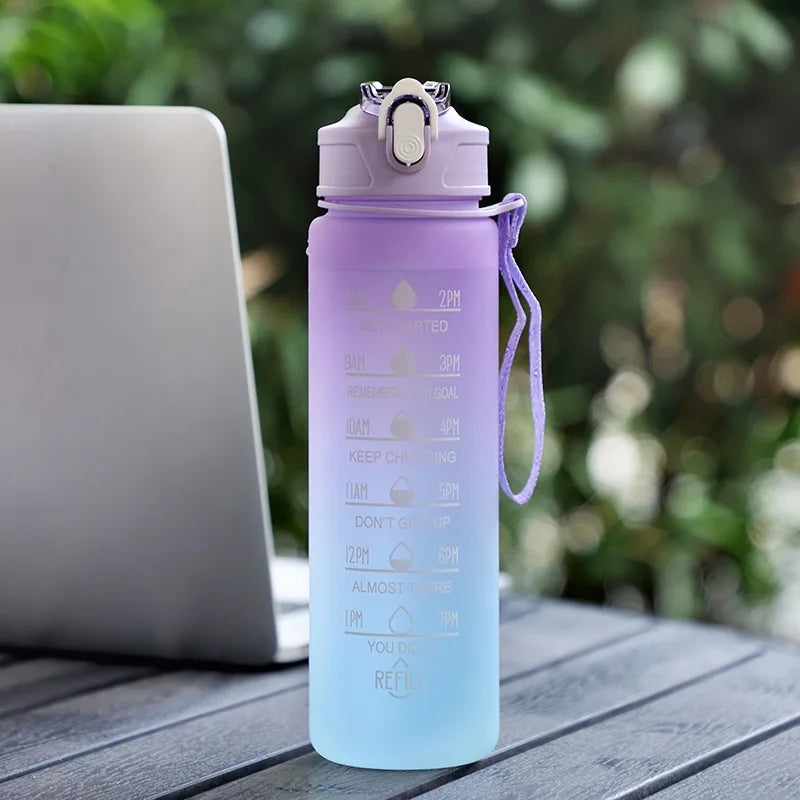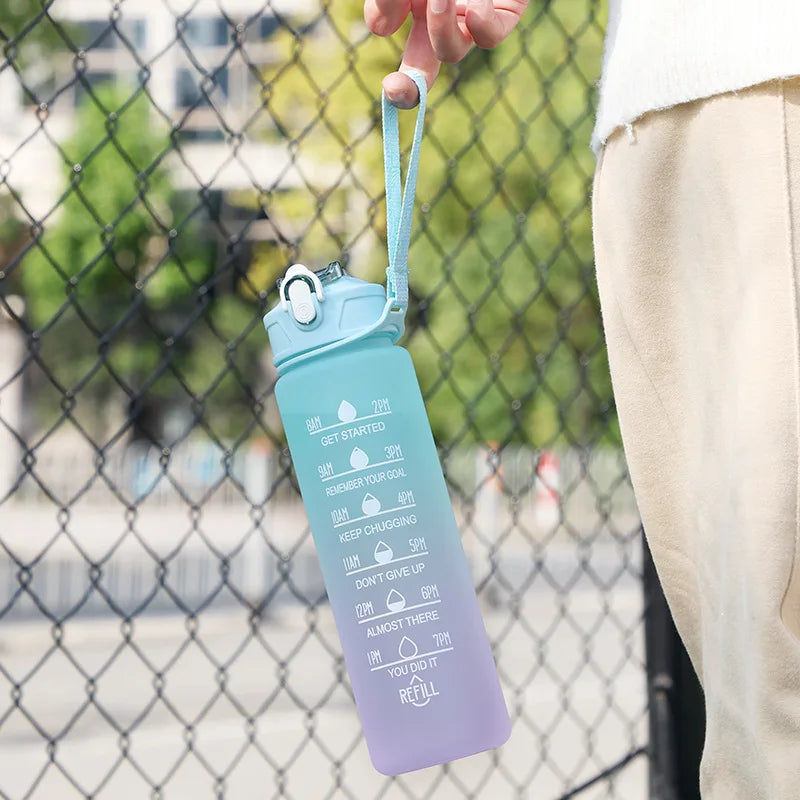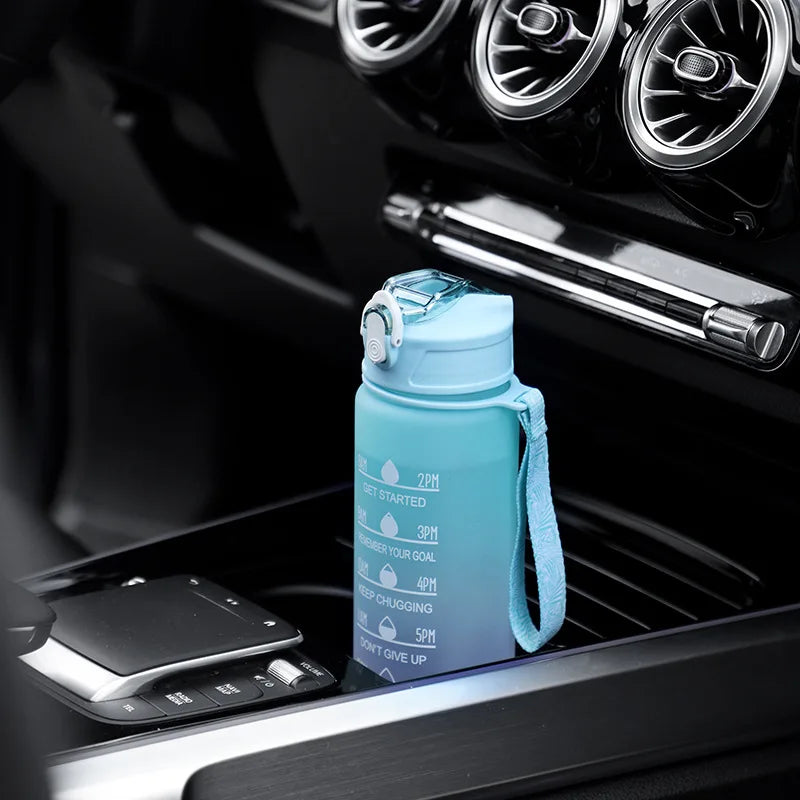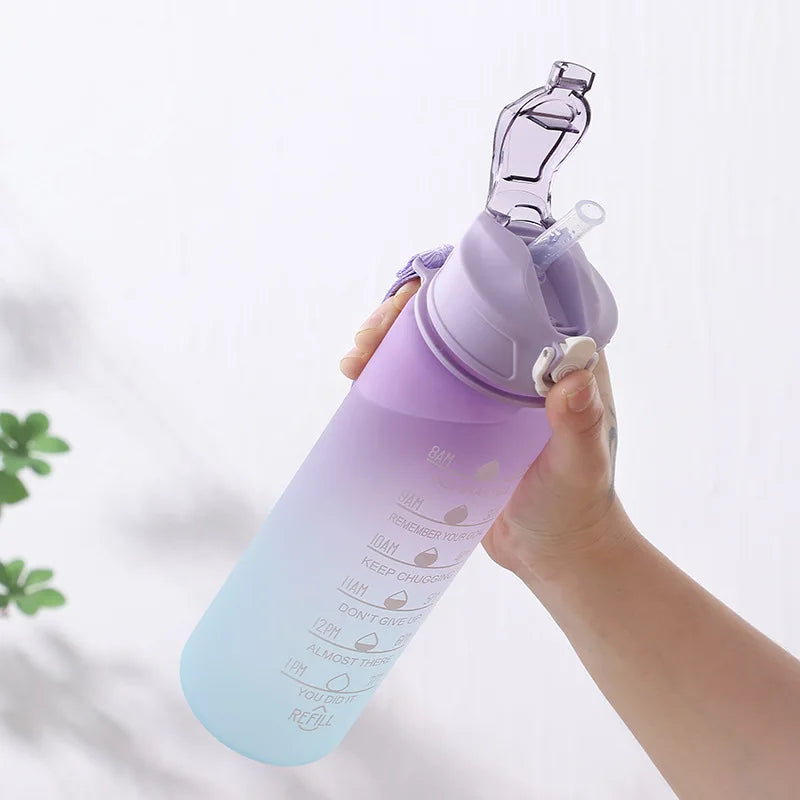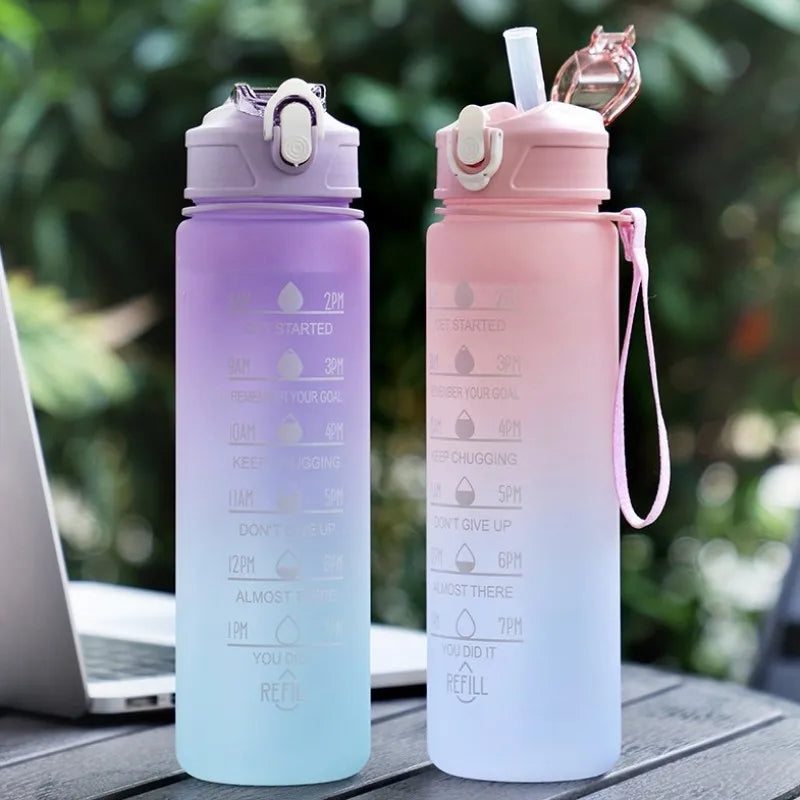
Silicone Gel Sheets in Different Climates: Adapting Your Scar Care Routine
Silicone gel sheets are a commonly suggested treatment for scars, which are an important part of the healing process. The efficiency of these sheets, meanwhile, may differ according on your local climate.
This article delves into the topic of scar care and how to modify the use of silicone gel sheets for various climates.
Understanding the Impact of Climate on Scar Healing
The Influence of Environmental Factors
Humidity, dryness, heat, and cold all play a role in how quickly scars heal on different people. For instance, scar hydration may be affected by dry air, and silicone gel sheet adherence by high humidity.
Adapting Scar Care in Humid Climates
Ensuring Effective Use of Silicone Gel Sheets
In humid climates, the adhesion of silicone gel sheets can be a challenge. To ensure that they stay in place:
- Clean and Dry the Skin: Before applying the sheet, make sure the scar area is completely dry.
- Use a Light Powder: A light dusting of talcum powder on the skin can help the sheet adhere better.
- Regularly Change the Sheets: In humid conditions, changing the sheets more frequently can prevent them from slipping off.
Managing Scar Care in Dry Climates
Maintaining Scar Hydration
In drier climates, keeping the scar well-hydrated is crucial. Silicone gel sheets can help maintain moisture, but additional steps may be needed:
- Use a Humidifier: Running a humidifier, especially at night, can help maintain skin hydration.
- Hydrating Skin Care Products: Apply a hydrating lotion or cream around the scar (not directly on it) before applying the sheet to promote overall skin hydration.

Hot Climates and Silicone Gel Sheets
Preventing Sweat-Related Issues
In hotter climates, sweat can cause silicone gel sheets to lose their adhesion. To manage this:
- Frequent Changes: Change the sheets more often to ensure they are clean and sticking properly.
- Wear Breathable Fabrics: This can reduce sweating around the scar area.
Cold Climate Considerations
Protecting the Scar from Harsh Conditions
In colder climates, the skin can become dry, and scar care may require extra attention:
- Layer Up: Protect the scar with suitable clothing to shield it from harsh, cold winds.
- Moisturize the Area: Keep the area around the scar moisturized to prevent the skin from drying out.

Tips for All Climates
Universal Best Practices
Regardless of the climate:
- Follow Manufacturer Instructions: Always use silicone gel sheets according to the instructions.
- Monitor Your Skin: Watch for any irritation or changes in the scar and adjust your routine accordingly.
Conclusion: Tailoring Scar Care to Your Environment
The secret to successful scar care is adjusting the use of silicone gel sheets based on local climate.

Your skin will have the best chance of recovering from scars if you take the time to learn how various environmental factors impact the healing process.
References:
https://www.ncbi.nlm.nih.gov/pmc/articles/PMC3842869/
https://www.ncbi.nlm.nih.gov/books/NBK586090/
https://pubmed.ncbi.nlm.nih.gov/23590637/
https://www.bcm.edu/news/keeping-your-skin-moisturized-in-cold-dry-weather
General Disclaimer: All information here is for educational purposes only and is not meant to cure, heal, diagnose nor treat. This information must not be used as a replacement for medical advice, nor can the writer take any responsibility for anyone using the information instead of consulting a healthcare professional. All serious disease needs a physician.

